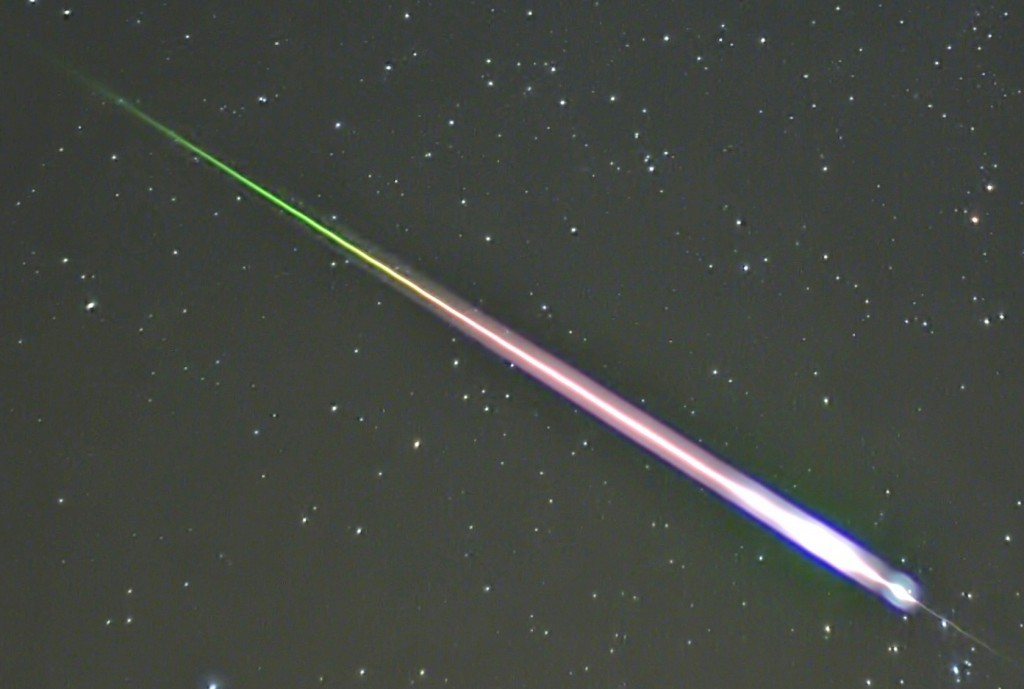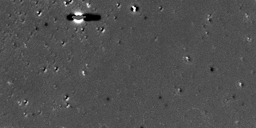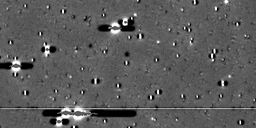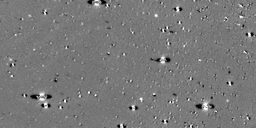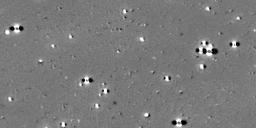So, it’s been a while since I last wrote a post and I thought I should write an update with my results.
I have observed meteors for 98 days, and I have detected a few peaks of some meteor showers that have occurred during that time.
The following graph shows the cumulative number of meteors that have been detected over the course of the project. There are some clear peaks on the 3rd of August, and 19th of August, which correspond to the Southern Iota Aquarids and the Northern Iota Aquarids meteor showers respectively. According to the table mentioned in a previous post, there was another peak of the Northern Delta Aquarids meteor shower on the 13th of August, however this wasn’t detected. This might be due to the position of the radiant in the sky relative to my antenna. Since my antenna is very directional and only looks for meteors at a certain distance and direction (between Auckland and Christchurch), if the meteors from the meteor shower are not crossing this path then they won’t be detected.

Bar graph showing the cumulative meteor rates in each day over the course of the project
There is also a slight peak on the 19th of September, which corresponds to the peak of the Piscids meteor shower. The last meteor shower that was detected and recorded was the Orionids meteor shower, which peaked on 21st and 22nd of October. These two dates stand out from the surrounding few days and on both days there was the same number of meteors recorded.
There is a difference between the predicted hourly rate of the meteors during the peaks of the meteor showers, and the hourly rates that were recorded. This is because the predicted hourly rate, also called the Zenith Hourly Rate (ZHR), is the number of meteors per hour an observer would see if there were no obstructions in the observer’s view, no light pollution either from surrounding lights or the Moon, and the radiant of the meteor shower was at the zenith. This means that the ZHR only applies to visually observable meteors in ideal conditions, whereas my antenna looks for radio signals that have been reflected off meteor trails, regardless if the meteor was observable or not. This indicates that I should have detected more meteors than the ZHR predicted for all meteor showers, however as mentioned previously, since my antenna is very directional, the meteors need to cross the path between the receiver location and the transmitter location. This means that quite possibly a lot of the meteors from the meteor showers could have been missed. The exception to this explanation is the Southern Iota Aquarids meteor shower, which peaked on the 3rd of August. The peak of the meteor shower had more meteors detected than what the ZHR predicted. This indicates that the comet which formed the Southern iota-Aquarids meteor shower has left behind many small particles that cannot be visually observed, but can form a trail which is sufficient to reflect a radio signal.
The following graph is the cumulative number of meteors that were detected in each hour over the course of the project. The shape of this graph fits with the theory that there are more meteors entering our atmosphere in the early morning hours than during the day, however there is a distinct peak at 11pm.

Bar graph showing the cumulative meteor rates in each hour over the course of the project.
To try and figure out where this peak could have come from, the hourly meteor rates were graphed for each month.

Bar graph showing the cumulative meteor rates in each hour in each month during the project.
This graph shows that there is a peak at 11pm for each month. For each meteor shower that was observed, their radiants transit close to midnight, which means that at around 11pm, the radiants of the meteor showers are at an optimal position relative to the antenna direction and so the most meteors can be detected at this time. August has the highest peak, which may also come from the July meteor showers, (Pisces Austrinids, Alpha-Capricornids and Southern delta-Aquarids) whose active dates over lap with the active and peak dates of the August meteor showers that were observed. Although the peaks for the July showers were not detected, as the project was not running at the time, the remnants of those showers could have affected the August meteor rates. All three July showers have radiants that transit close to midnight, thus these meteors can also contribute to the increased number of meteors at 11pm for the month of August.
Since all months contribute to the peak at 11pm, this project would need to be run for longer than 3 months in order to link this peak to the radiant of each meteor shower and when it gets above the horizon. By observing meteor activity for a longer period of time, and observing the other meteor showers that occur throughout the year, the peak times and their relationship to when the radiant reaches a certain altitude could be checked and tested.
The following pie chart shows the relative amount of long overdense, short overdense and underdense meteor trails. This chart shows that 54% of the total number of signals that were detected were reflected off underdense meteor trails, while 23% were long overdense and 22% were short overdense meteor trails. From this figure it can be deduced that out of the total number of 4261 signals detected, the chances of the meteor trail being underdense or overdense (either short or long) are almost equally likely – close to 50%. However, for this to be fully statistically confirmed, the project would have to be run for a much longer period of time.

Pie chart showing the amount of long overdense, short overdense and underdense meteor trails detected.
Last, but not least, I have made a video and posted it on this link here, to help explain how the software works and what I am looking for.
So that’s it with the results! I have observed meteor showers and their peaks, and have confirmed the prediction that most meteors enter our atmosphere in the early morning hours. I have found a distinct peak of meteor activity at 11pm which I could only link to the radiants of the meteor showers. To fully confirm this, the project would need to be run for much longer. Last, but not least I have found that detecting underdense and overdense meteor trails are close to being equally likely.




